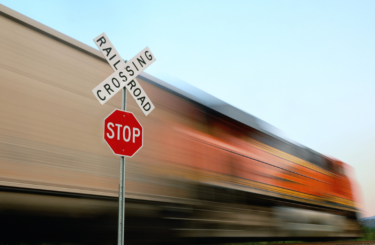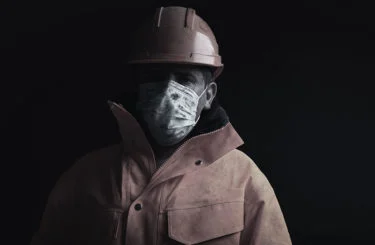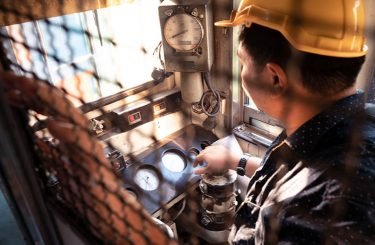
Proposed Long Train Changes Put Railroaders at Greater Risk of Injury
Signed into law on November 15, 2021, President Biden’s $1.2 trillion infrastructure bill allocates up to $2 million to researchers studying the impact of longer trains on railroader safety. While the railroad industry has long opposed placing legal limits on train length, multiple data sources indicate railroaders working on longer trains face significantly increased injury risks.
What is the Argument for Using Longer Trains?
Train length is currently unregulated, which means railroad companies are ostensibly free to add as many cars to a train as they wish. According to industry spokespeople, longer trains reduce greenhouse gas emissions while having no negative impact on service or safety. In fact, the Association of American Railroads claims longer trains can actually enhance freight and passenger rail service.
Opponents argue that increases in train length are financially motivated, as longer trains increase profit by reducing operational costs.
What Kinds of Safety Risks Do Longer Trains Pose?
Despite the railroad industry’s continued denial of safety risks, steady increases in train length over the past several decades have been associated with escalating rates of rail worker injury. Class I railroads have recently accelerated the trend to use longer trains that reach or exceed 12,000 feet. The research funded by the Biden infrastructure bill will specifically analyze trains exceeding 7,500 feet.
Longer trains substantially elevate the chances of these dangers:
- Derailment.
- Communication issues between the head and end-of-train devices.
- Train handling and braking.
It is logical to assume that longer trains may be more difficult to maneuver. For this reason, the studies funded by the infrastructure bill will investigate whether engineers and conductors who operate longer trains should receive additional training.
Injuries Caused by Train Accidents:
Working in the railroad industry is notoriously dangerous, with more railroad worker injuries than almost any other industry. According to the Bureau of Labor Statistics, 17 rail workers died and nearly 4,000 were injured in workplace accidents in 2018 alone.
Unions argue that longer trains unjustifiably increase the risks of an already dangerous job. Consider that some of the most common causes of railroader injuries include:
- Electrocution Accidents.
- Exposure to Toxic Chemicals.
- Falls.
- Hearing Loss.
- Lead Poisoning.
- Repetitive Use Injuries.
- Traumatic Brain Injuries.
What to Do If You Have Been Injured:
If you have suffered an injury due to dangerously long trains or any other cause, our attorneys can help. Sommers Schwartz has a dedicated team of railroader injury lawyers ready to meet with you, answer your questions, and handle your claim.
Contact us today for a free consultation. We can help you protect your rights, and there is no fee unless we succeed.
Arvin J. Pearlman
Arvin Pearlman is nationally recognized for his work on behalf of railroad workers who were injured or killed in the course of their employment. Since concentrating his practice on Federal Employers Liability Act (FELA) litigation in 1979, Arvin has tried countless personal injury cases before judges and juries across the United States.





